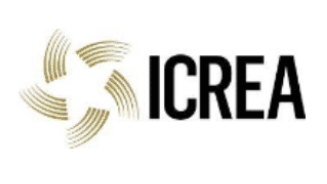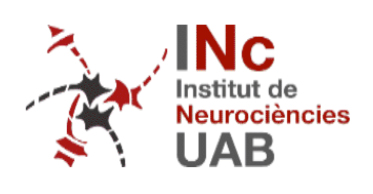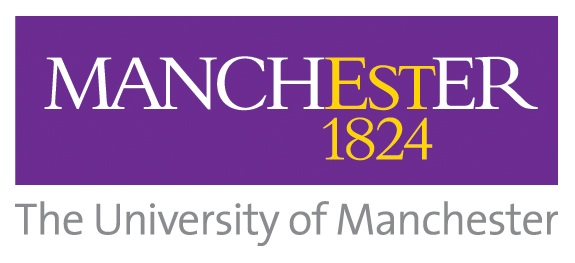Cell Reports Physical Science, 2025, 6, 1, 1102342
Engineering the glioblastoma microenvironment using TLR7/8 agonist-complexed graphene oxide nanosheets
The glioblastoma (GBM) microenvironment is immunologically ‘cold’ and marked by immunosuppressive components that limit the effectiveness of current immunotherapies. Tumour-associated macrophages and microglia (TAMMs) in an immunosuppressive state contribute to this ‘coldness’, promoting tumour progression and resistance to therapy. Traditional macrophage reprogramming strategies face challenges in delivery and retention of agents within the GBM microenvironment, leading to limited clinical success. This study investigated whether two-dimensional graphene oxide (GO) nanosheets can enhance the delivery of a TLR7/8 agonist (R848) to TAMMs. GO effectively delivered R848, enhancing TAMM reprogramming from an M2-like to an M1-like state in vitro. In a syngeneic mouse model, GO:R848 treatment significantly increased M1-like markers (MHCII, CD86, and TNFα), reduced M2-like markers (ARG1 and YM1), increased T cell infiltration and inhibited tumour progression. These findings demonstrate that GO nanosheets can improve the selective local delivery of immunomodulatory agents and alter the immune landscape of GBM.








